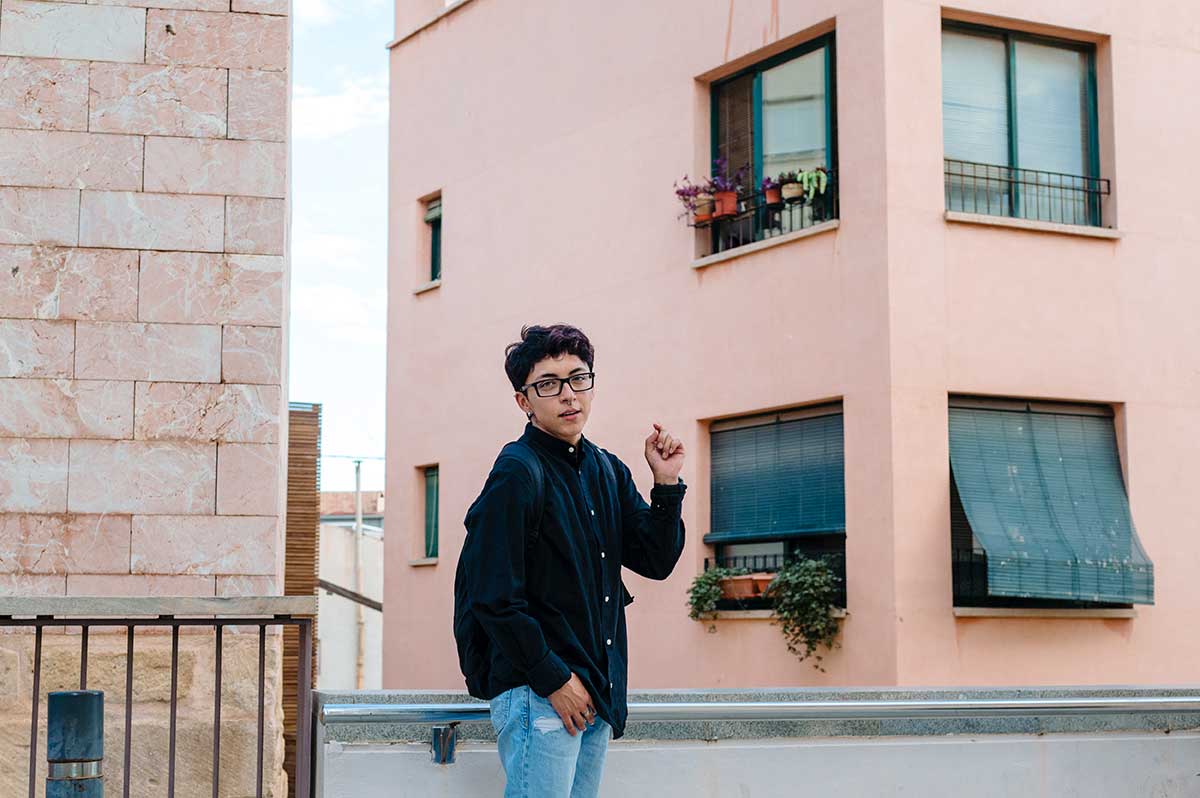For many LGBTQ+ youth and young adults, the journey toward independence is fraught with unique challenges. Discrimination, rejection, and systemic inequities often make it difficult to access stable housing and supportive services. Inclusive housing initiatives play a critical role in addressing these challenges, providing not only a place to live but also a foundation for growth, safety, and community. These spaces are essential for fostering self-confidence and enabling LGBTQ+ individuals to thrive.
The Challenges of Housing Insecurity for LGBTQ+ Youth
LGBTQ+ youth and young adults are disproportionately affected by housing insecurity. Studies show that they are overrepresented among the homeless population, often due to family rejection, stigma, or violence. For those aging out of foster care, the risks are even greater. Without access to safe and affirming housing, they may face exploitation, mental health crises, or barriers to employment and education.
The Role of Safe Spaces in Mental Health
Living in an environment where one feels accepted and supported can significantly impact mental health. LGBTQ+ youth who experience rejection are at higher risk for depression, anxiety, and suicidal ideation. Inclusive housing creates a refuge where they can express themselves freely and build self-worth, reducing the psychological toll of discrimination and isolation.
Fostering a Sense of Community
Inclusive housing doesn’t just provide shelter—it fosters community. By bringing together individuals with shared experiences, these spaces enable LGBTQ+ youth to form meaningful connections, find mentorship, and build a sense of belonging. Peer support and communal activities can help residents develop critical social skills and overcome feelings of loneliness.
Promoting Economic and Educational Opportunities
Safe housing is a stepping stone to stability, allowing LGBTQ+ youth to focus on education and employment. Without the constant stress of housing insecurity, they can pursue higher education, job training, or career advancement. Many inclusive housing programs also offer resources such as career counseling, scholarships, and skill-building workshops tailored to their unique needs.
Combating Discrimination Through Advocacy
Creating inclusive housing also involves advocating for systemic change. Programs that educate landlords, employers, and policymakers about the challenges faced by LGBTQ+ youth help reduce stigma and promote equal opportunities. Additionally, partnerships with local organizations can expand access to resources, from healthcare to legal aid.
Inclusive Housing as a Model for Equality
Inclusive housing initiatives set a powerful example for broader societal change. By prioritizing diversity, equity, and acceptance, they demonstrate the value of safe spaces for marginalized groups. These programs not only transform the lives of LGBTQ+ youth but also enrich the communities that embrace them.
Designing Spaces That Reflect Inclusivity
Inclusivity in housing goes beyond acceptance—it involves intentional design. Inclusive housing programs often consider factors like privacy, accessibility, and cultural competency to ensure that residents feel respected and valued. From gender-neutral facilities to staff trained in LGBTQ+ issues, these details make a profound difference in creating a genuinely welcoming environment.






